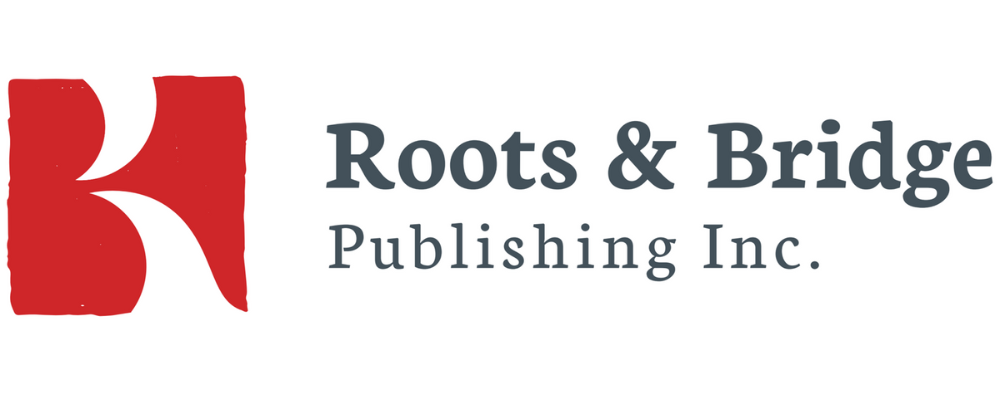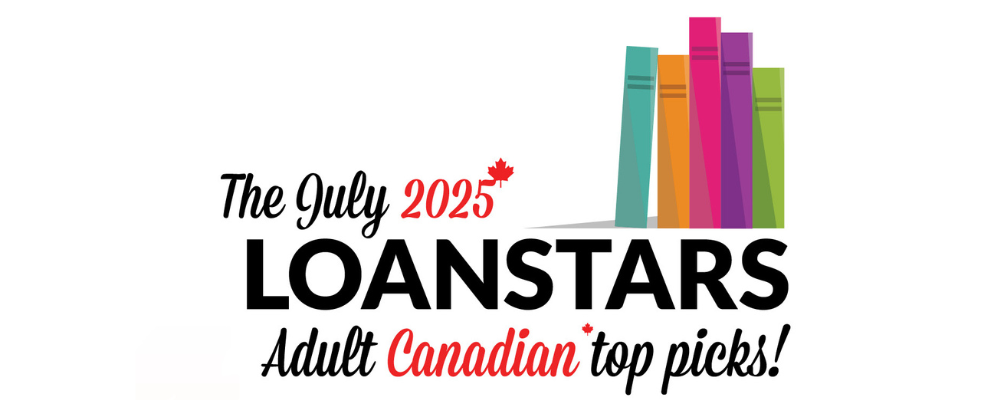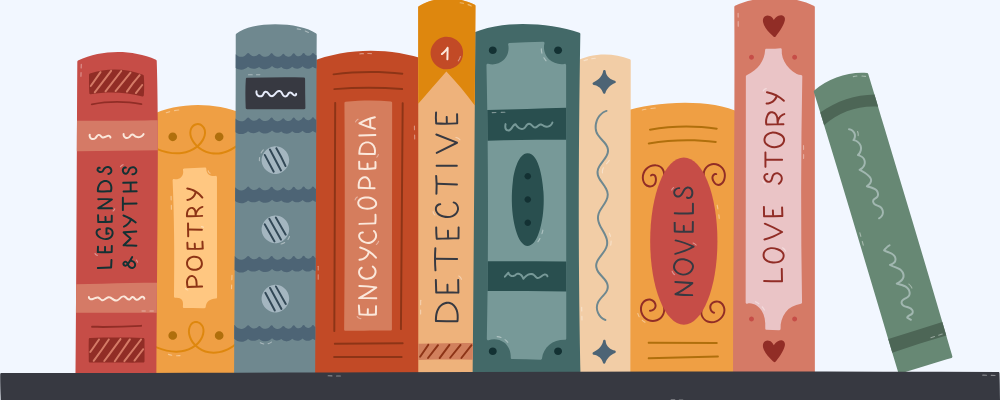Welcome to the fourth instalment of this blog series where individuals working across the book supply chain, from book production to distribution, wholesaling, bookselling, and more, share their visions of the book industry and what they think could be different in 2035.
We encourage anyone working in the industry, from interns to C-level executives, to share their visions of the book industry for this series by submitting their contributions through this short form. Thanks in advance for sharing your visions with us!
Sustainability
On sustainability in the book industry, a topic that is top of mind for many, EJ Hurst, Sales Manager at New Society Publishers, predicts that by 2035 “[t]here will be a network of regionally based print-on-demand (POD) printers that print on alternative, next-gen paper sources local to their regions.”
Expanding on this, and addressing pricing, EJ thinks that by 2035 “[b]ooks will be priced to cover all costs and return a profit to the bookseller and publisher. Consumers will be used to products being priced according to their carbon emissions/reduction and the book price will be acceptable to them. Carbon taxes on books printed on virgin wood fibre paper will be high in order to capture and illustrate the full cost of these titles and taxes collected will be returned into the next-gen paper and publishing industry.”
Christopher Norris, Co-founder at Crowdmall, LLC, also shared his thoughts on this topic: “Due to the need to combat climate change, I think alternatives to wood-pulp paper will be prevalent (e.g., bamboo, cotton). Trees will be seen as bulwarks against global warming that need to be nurtured in situ; bamboo and cotton can be farmed in much shorter time frames.”
Libraries
Sandra Julian, Reader & Writer, hopes that in 2035 “public libraries [will have] reversed the bleeding away of print book collections.” She thinks that “it would be beneficial not to starve print resources to fund the digital stampede.”
Sandra also shared that her local public library system builds a collection of print books by local independent authors, adding to it and cataloguing it once a year. Something she hopes other public libraries start doing, too.
Book production & operations
When it comes to book production and operations, an anonymous Canadian Book Wholesaler thinks that “[p]rint-to-order and import-to-order will become increasingly commonplace, with first print runs finely calibrated to deal with the initial demand for each work.”
Your turn
What do you think will be different in the industry in 2035 than it is today? Do any of these predictions spark ideas for what you would like to see happen in the future? Share your thoughts through this short form. Feel free to think expansively — and specifically.















The Booksellers’ List is here!